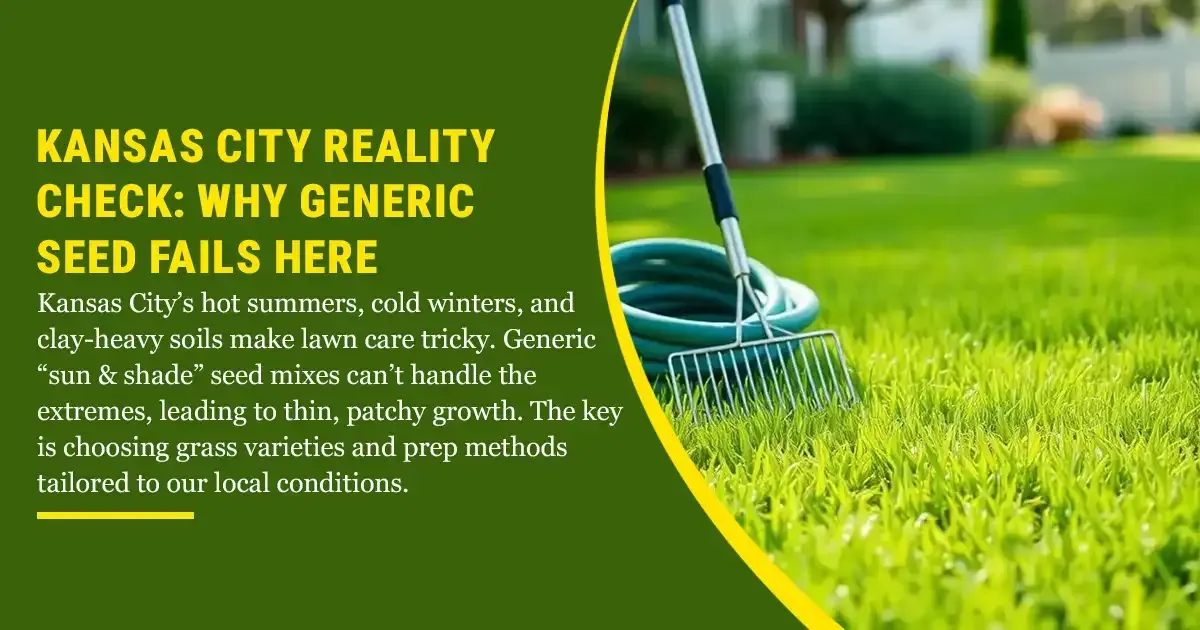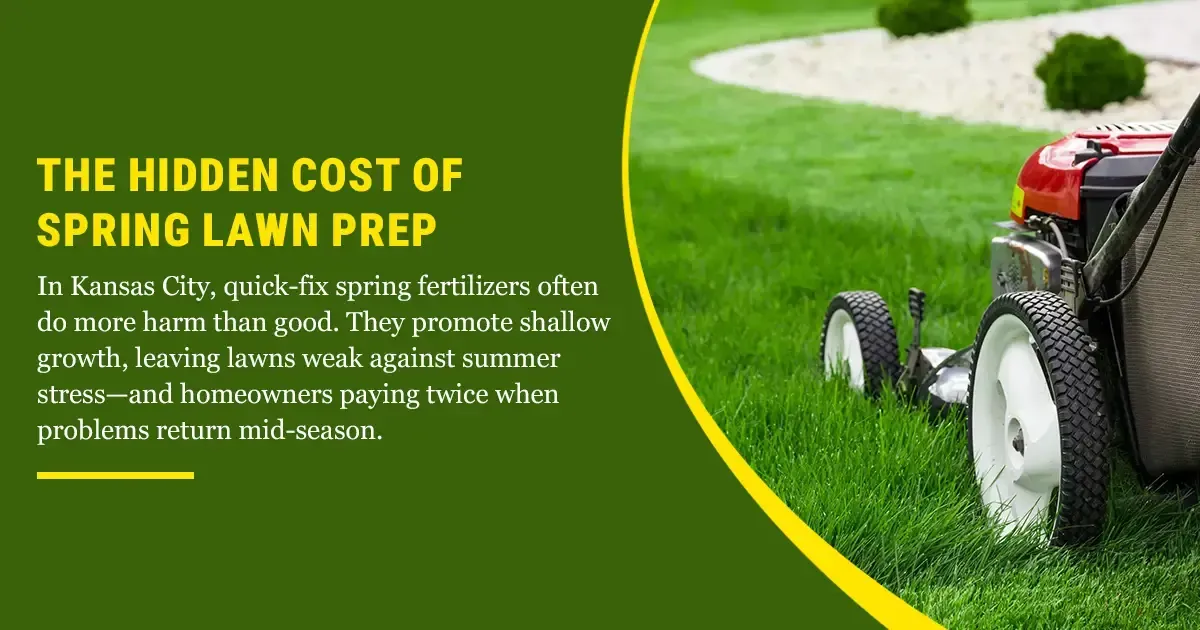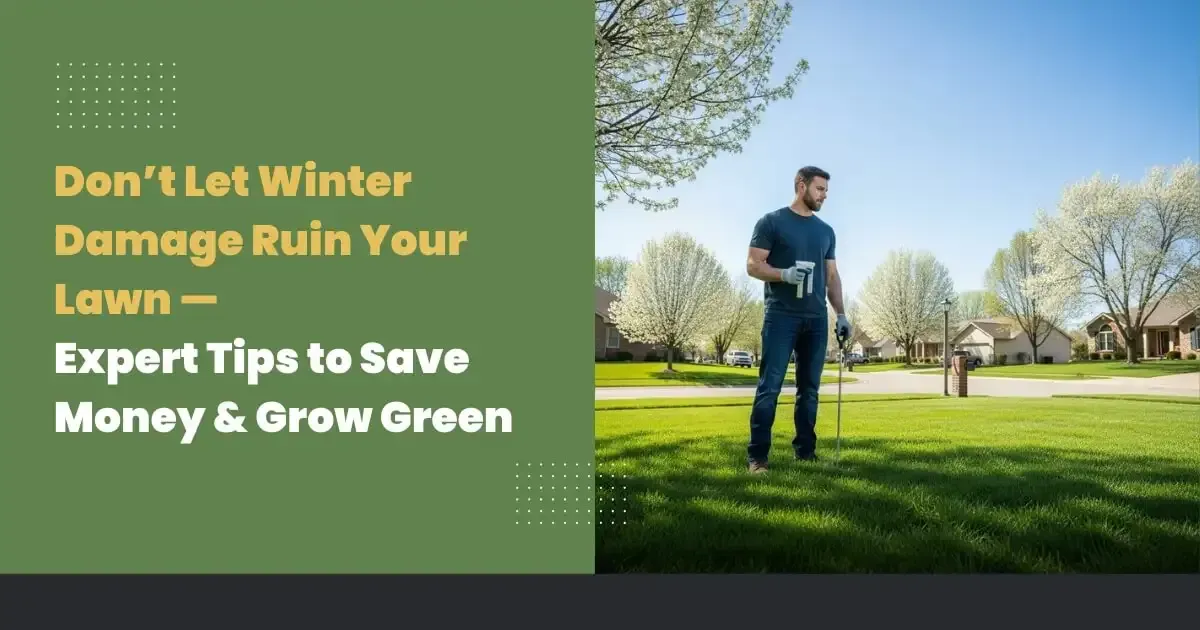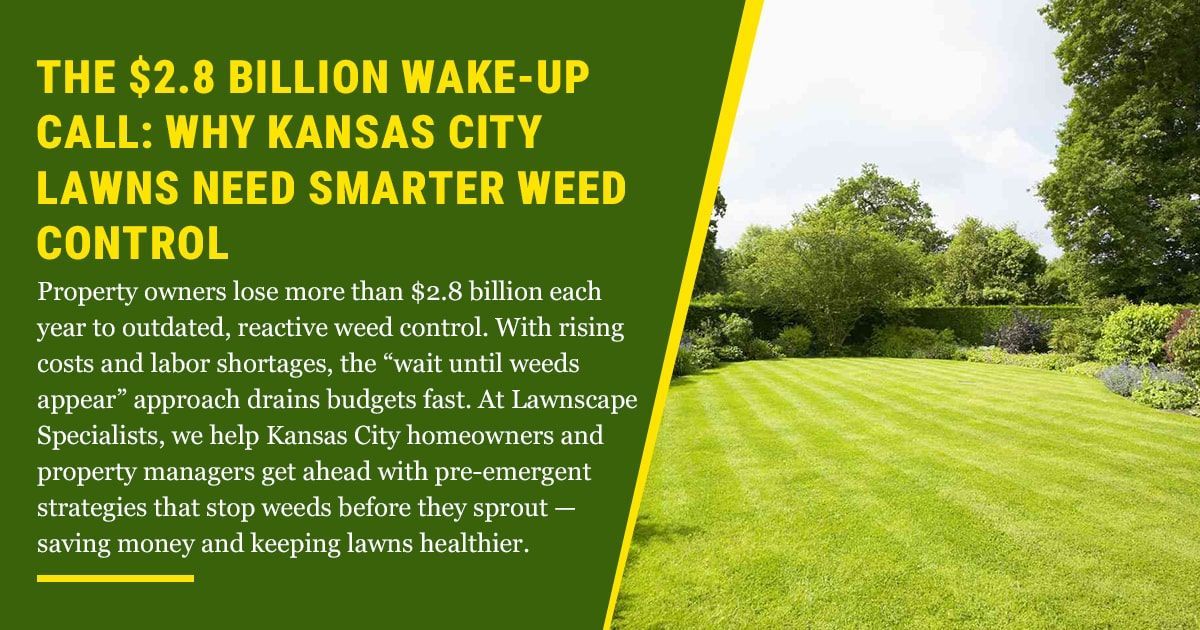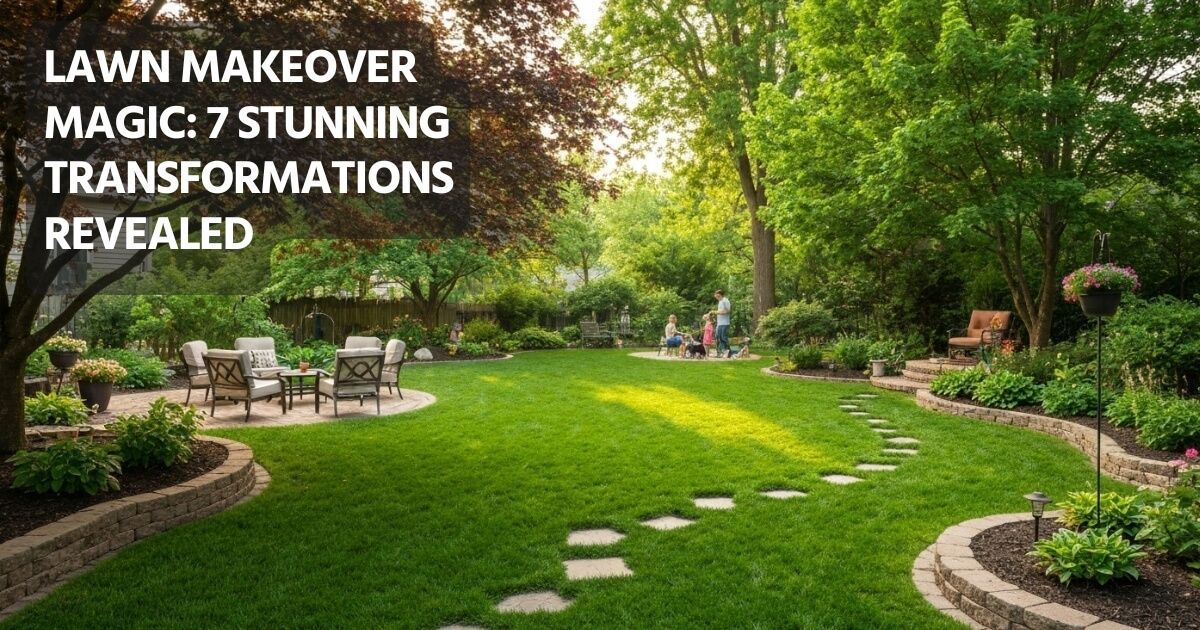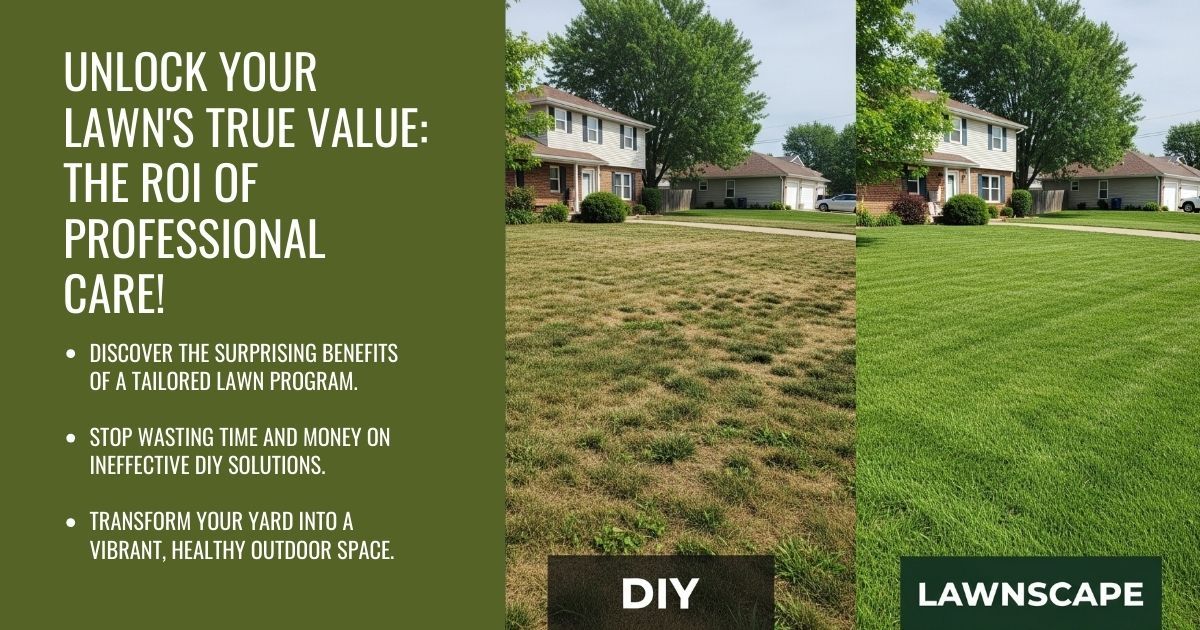The Dirty Truth About Weed Control in Kansas City: Why Early Prevention Wins (and Costs Less)
Many Kansas City homeowners end up paying for multiple weed “rescues” each season—only to watch crabgrass and broadleaf weeds return. The fix isn’t more post-emergent spraying. It’s
early prevention—timed to soil temperature, watered in correctly, and combined with dense, healthy turf. Done right, prevention typically costs less over the season and delivers far more reliable control than chasing weeds after they emerge.
Why the Reactive Route Gets Expensive
Typical per-visit pricing for weed control runs roughly
$50–$150 per application for an average-size lawn, and programs often include several visits through spring and summer. That puts many homeowners in the
low-hundreds to around $900+ per year, depending on lawn size and number of applications. In contrast, a season’s worth of DIY pre-emergent for a typical yard often falls in the
$40–$120 retail range, when applied per label.
Prevention Basics: What Actually Works
- Time to soil temperature, not the calendar. Kansas City pre-emergent runs best when the top inch of soil averages about 50–55°F for ~5 days—often mid-March to early April, weather depending. Local cues like redbud bloom align closely with this window.
- Water it in. Most pre-emergent products require irrigation or rain after application to form the barrier in the topsoil.
- Consider a split application. For season-long coverage, many programs make a second pass about 8–9 weeks later (product-dependent).
How Effective Is Pre-Emergent—Really?
When properly timed and watered in, pre-emergent herbicides are the most reliable way to suppress annual weeds like crabgrass. Correctly managed programs deliver strong control—often around 90%—and multi-year consistency improves results as the seedbank in the soil declines.
The Kansas City Timing Cheat-Sheet
- Target window: When soil averages 50–55°F for several days (often mid-March to early April in KC).
- Botanical cue: Apply near redbud bloom for short-residual products; season-long products can go a bit earlier within the window.
- Activation: Irrigate after application (about
½ inch of water) to set the barrier.
Products & Seeding: Important Cautions
- Active ingredients: Common lawn pre-emergents include prodiamine, dithiopyr, or pendimethalin. Always follow the product label for your turf type.
- Overseeding: Most pre-emergents also block grass seed. If you must seed in spring, only certain products are compatible—check labels carefully.
Make Your Lawn Do the Weed Control
Pre-emergent works best alongside practices that increase turf density:
- Mow higher (≈3″+ for cool-season lawns). Taller grass shades the soil surface and reduces weed germination.
- Water deeply and infrequently. Encourage deeper roots and a denser stand.
- Fertilize appropriately. Use slow-release sources and a soil-test-informed plan.
What to Expect the First Year
If the lawn has a large weed seedbank, you may still see some “breakthrough” the first season. Spot-treat those areas promptly and keep the prevention schedule. Multi-year programs commonly show step-wise improvement, often reaching about 90% control after consecutive seasons.
Kansas City Homeowner Checklist
- Start checking soil temps in early March; target application as the 7-day average hits ~50–55°F.
- Apply per label and water in to activate the barrier.
- Plan a second pass 8–9 weeks later if your product or weed pressure warrants it.
- Keep mowing height up, and feed/water for density.
- If spring seeding is unavoidable, choose a seeding-compatible pre-emergent and follow the label carefully.
Want the Easy Button?
Lawnscape Specialists times pre-emergent to Kansas City’s soil temperatures, builds density with the right cultural practices, and uses targeted spot-treatments only where needed. The result: fewer surprise visits and a lawn that stays cleaner through summer.
Ready to lock out weeds before they sprout? Book your prevention window with Lawnscape Specialists and start the season on the front foot.

